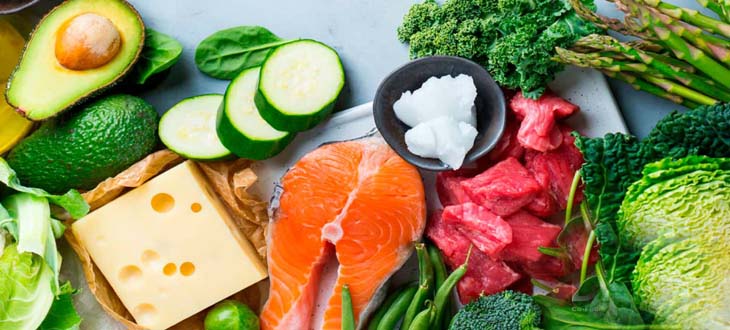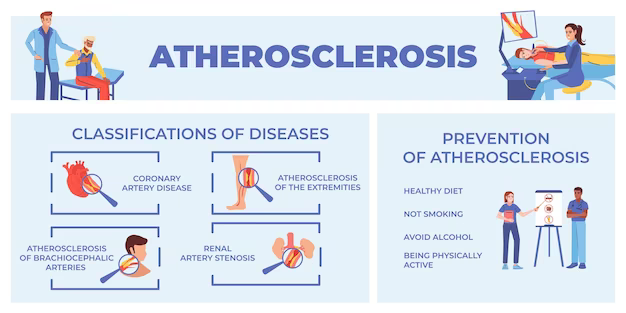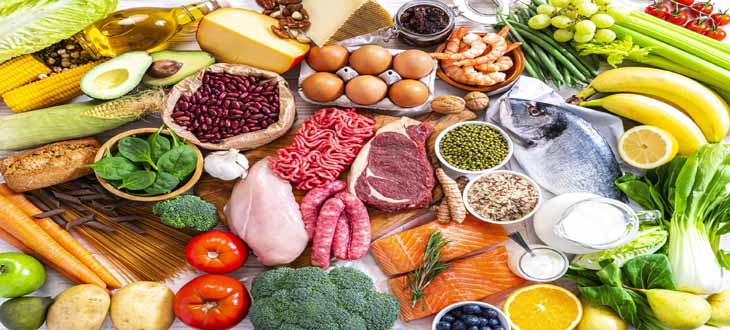
Keto Diet एक प्रमुख व्यायाम और सेहत संबंधित आहार रूप है जिसे कीटोज़िस नामक एक प्रक्रिया के माध्यम से शरीर के वसा को प्रदान करने के लिए डिज़ाइन किया गया है। यह आमतौर पर एक व्यक्ति के भोजन के मात्रा में अत्यधिक कटीन को शामिल करने पर आधारित होता है और अच्छी सेहत के लिए अत्यधिक कार्बोहाइड्रेटों की खपत को रोकता है।
यह Diet कैसे काम करती है?
Keto Diet का काम यहाँ तक है कि यह शरीर को उसके मुख्य ऊर्जा स्रोत कार्बोहाइड्रेट की बजाय वसा का उपयोग करने पर मजबूर करती है। जब आप कार्बोहाइड्रेटों की मात्रा को घटा देते हैं, तो आपके शरीर में कीटोसिस की स्थिति उत्पन्न होती है, जिसमें यह वसा से कीटोन उत्पन्न करता है जो शरीर और मस्तिष्क को ऊर्जा प्रदान करने के लिए उपयोग करता है।
इस Diet के कई लाभ हैं, जैसे कि वजन कम करने में मदद, रक्त चीन्हों के नियंत्रण में सुधार, और सूजन को कम करना। यह लिपिड प्रोफ़ाइल में सुधार कर सकता है और हृदय रोग के जोखिम को कम कर सकता है।
Keto Diet पर खाने में मुख्य रूप से मांस, मछली, अंडे, दूध, अखरोट, बीज, और गैर-स्टार्ची सब्जियां शामिल हैं।
Keto Diet मील प्लान में आमतौर पर मांस, मछली, अंडे, पनीर, खजूर, बीज, और गर्मियों की सब्जियां शामिल होती हैं। यह आपको सही मात्रा में पोषण सुनिश्चित करने के लिए मदद कर सकता है।
Keto Diet और वजन घटाना
Keto Diet वजन घटाने के लिए प्रभावी साबित हो सकती है, विशेषकर छोटी अवधि में। कार्बोहाइड्रेट की मात्रा कम करके और वसा की मात्रा बढ़ाकर, शरीर को उसे ऊर्जा के लिए वसा जलाने के लिए मजबूर किया जाता है, जिससे तेजी से वजन घट सकता है।
Keto Diet और व्यायाम
इस Diet के साथ व्यायाम करना भी आपके स्वास्थ्य के लिए महत्वपूर्ण है। नियमित शारीरिक गतिविधि आपके स्वास्थ्य को सुधारने में मदद कर सकती है और Keto Diet के लाभों को बढ़ा सकती है।
इस Diet की सफलता की कहानियां
कई लोगों को Diet से सफलता मिली है, जिससे वे वजन में साइनिफिकेंट गिरावट और समग्र स्वास्थ्य में सुधार हुआ है। हालांकि, यह याद रखकर किए जाना चाहिए कि व्यक्तिगत परिणाम भिन्न हो सकते हैं, और यह Diet हर किसी के लिए उपयुक्त नहीं हो सकती।
एक हाई-फैट, लो-कार्बोहाइड्रेट डाइट है जो संभावित स्वास्थ्य लाभों के लिए लोकप्रिय हो गई है। यह वजन कम करने में मदद कर सकती है, रक्त चीन्हों का नियंत्रण सुधार सकती है, और सूजन को कम कर सकती है। हालांकि, इस Diet को आरंभ करने से पहले एक चिकित्सा विशेषज्ञ से परामर्श लेना महत्वपूर्ण है ताकि आपके लिए यह सुरक्षित हो।
सामान्य पूछे जाने वाले प्रश्न
क्या यह Diet सभी के लिए सुरक्षित है? किस प्रकार की दवा लेने के दौरान को असर कर सकता है?
क्या बच्चों के लिए उपयुक्त है? इस Diet से जुड़े हुए दुष्प्रभाव क्या हो सकते हैं?
अब अपने डायट योग्यता और स्वास्थ्य विशेषज्ञ से संपर्क करके इस Diet आरंभ करने के लिए तैयार हो जाएं।


